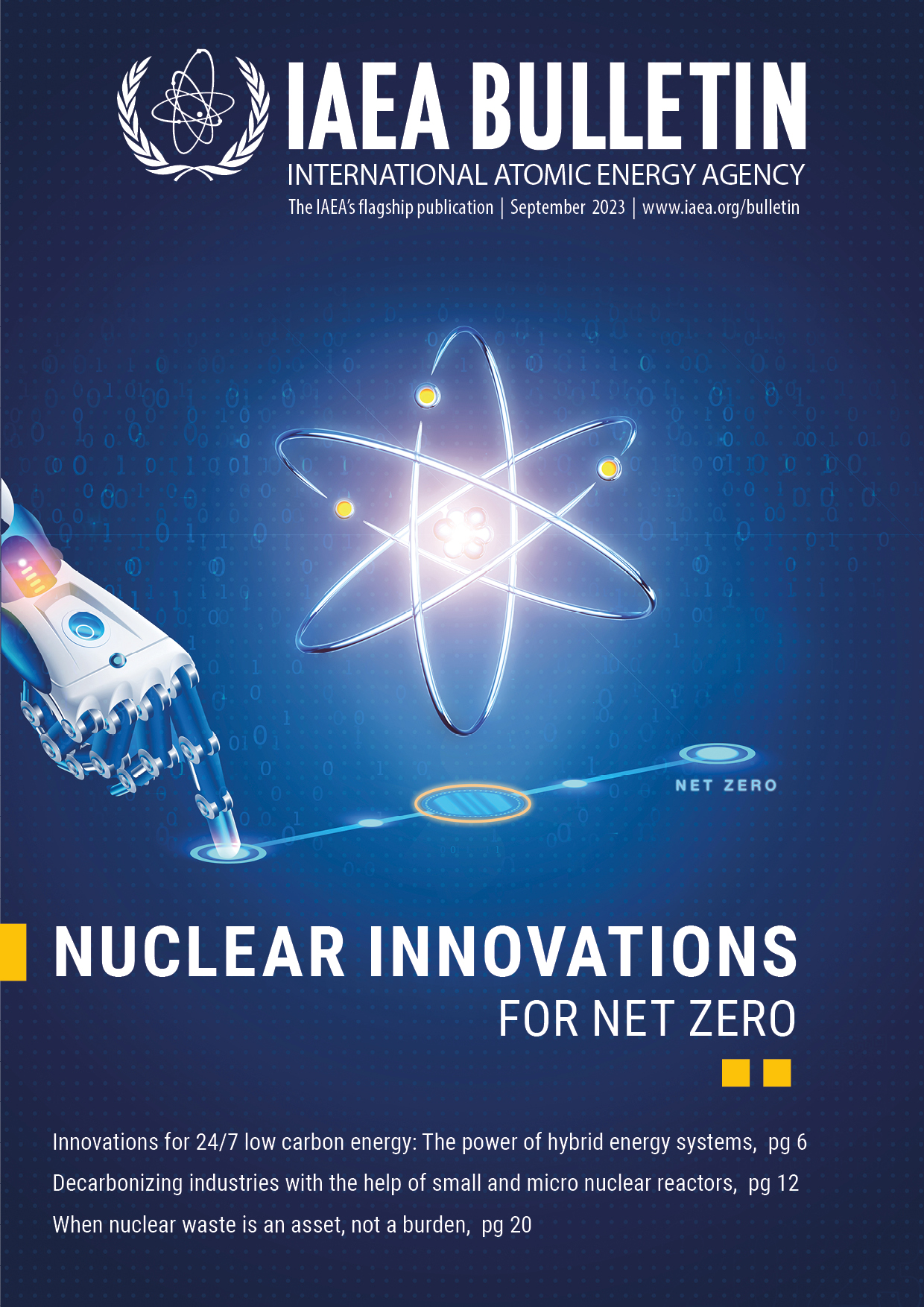Efficient and clean operations
While SMRs and MRs have potential for deployment in remote locations, SMRs may also have important uses in industries such as manufacturing plastics or other forms of industrial processing using heat. Current nuclear power reactors generate large amounts of heat, but around 60 to 70 per cent of this heat is released to the environment due to the steam to electricity conversion efficiency.
One way to use nuclear power more efficiently, while driving down carbon emissions, is to use the heat generated by nuclear reactors in industrial or chemical processes. The US Department of Energy’s Advanced Reactor Demonstration Program is supporting the development of a high temperature gas cooled SMR for deployment at a manufacturing complex for consumer products.
The chemical company Dow Inc. plans to replace gas-fired combustion and steam engines with an SMR as part of Dow’s commitment to reduce carbon emissions by 30 per cent by 2030. Dow’s goal is to achieve carbon neutrality by 2050.
A high temperature nuclear reactor, capable of producing heat at 750 degrees Celsius is particularly suitable as a low carbon method to produce olefins, chemical compounds which can be used as starting materials for plastics, detergents and adhesives. Dow’s proposed SMR will be located at an existing manufacturing site in Seadrift, Texas, and is expected to reduce emissions at the site by around 440 000 tonnes of carbon dioxide per year. The SMR will be used to provide process heat to make products such as polyethylene, used in packaging, paints and foams.
Construction of the four-reactor project is expected to begin in 2026 and be completed by the end of the decade. The project “will enable Dow to take a major step in reducing our carbon emissions, while delivering lower carbon footprint products to our customers and society,” stated Jim Fitterling, Dow Chairman and CEO. The initiative “will serve as a leading example of how the industrial sector can safely, effectively and affordably decarbonize,” he added.
The IAEA helps to coordinate the efforts of countries around the world to develop SMRs and MRs by bringing together experts, governments and regulatory bodies to enhance the safe and secure deployment of this new technology. The IAEA launched its Nuclear Harmonization and Standardization Initiative (NHSI) in June 2022 and the Platform on Small Modular Reactors and their Applications (SMR Platform) in 2021. The NHSI aims to advance the harmonization and standardization of SMR design, construction, regulatory and industrial approaches, while the SMR Platform supports all aspects of SMR development, deployment, licensing and oversight.

